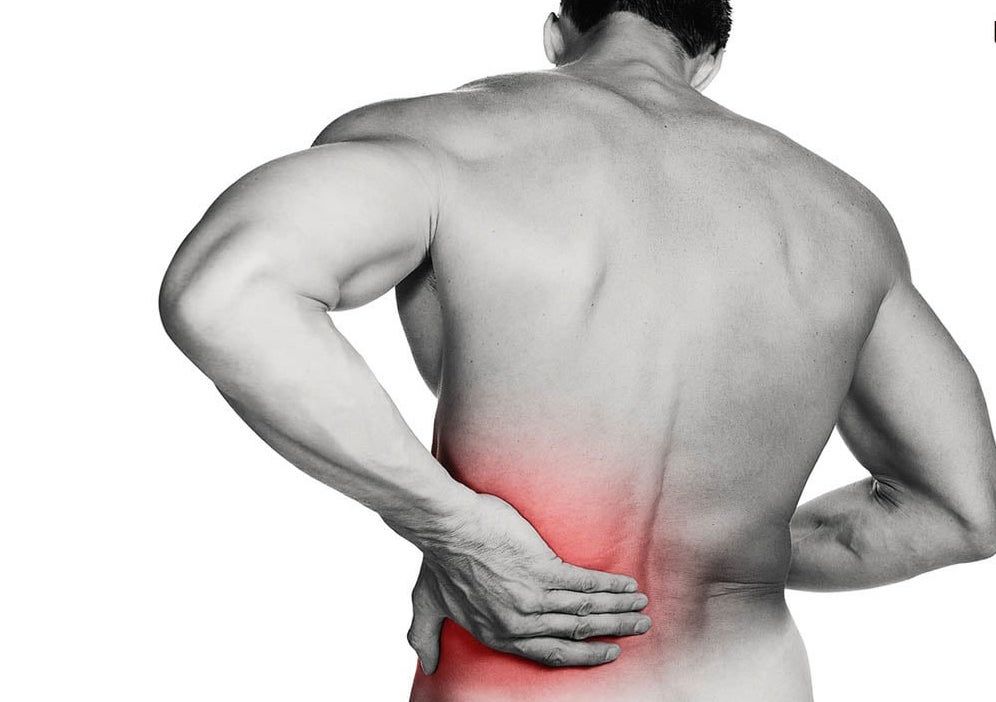Lower back pain or lumbago is a painful disorder affecting the muscles, nerves and bones of the lumbar spine. The pain experienced can be varied, from dull constant ache to sudden sharp feeling. It may be chronic (over 12 weeks), subchronic (6-12 weeks) or acute (less than 6 weeks).
They say 40% of the missed work days are because of lower back pain. It is a common condition that happens to 80% or even more people once in their lifetime. Most often, the problem starts between 20-40 years of age. With increasing age, it becomes more prevalent.
Here are the causes, symptoms, diagnosis and medical treatment for lower back pain.
Causes Of Lower Back Pain
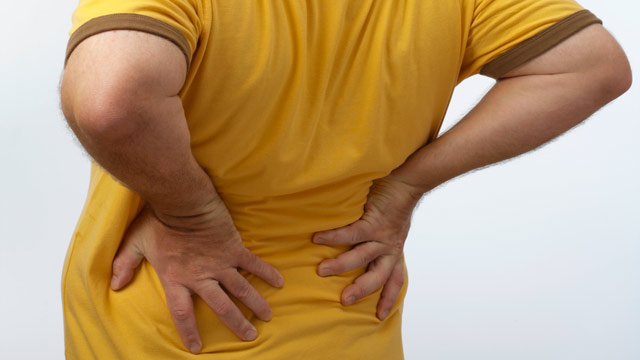
Not being some specific disease, lower back pain is rather a complaint that could be caused due to any of several underlying problems. For most cases, the lower back pain doesn’t have obvious causes but it may be caused as a result of:
-
Non-serious muscle or skeletal issues like sprains or strains
-
Poor sleeping position
-
Obesity
-
Poor physical condition
-
Smoking
-
Poor posture
-
Stress
-
Weight gain at the time of pregnancy
Other possible causes include:
-
Spinal stenosis or narrowing of spinal canal
-
Cancer or non-malignant tumor in spine
-
Osteoarthritis
-
Degeneration of discs between the vertebrae or spinal disc herniation
-
Fungal or bacterial infection of spine
-
Tumor of spine
-
Degenerative spondylolisthesis
-
Loss of nerve function at the lower spinal cord
-
Broken vertebrae (such as from osteoporosis)
-
Endometriosis, ovarian cysts, ovarian cancer, or uterine fibroids in women
Signs & Symptoms You Might Have Lower Back Pain
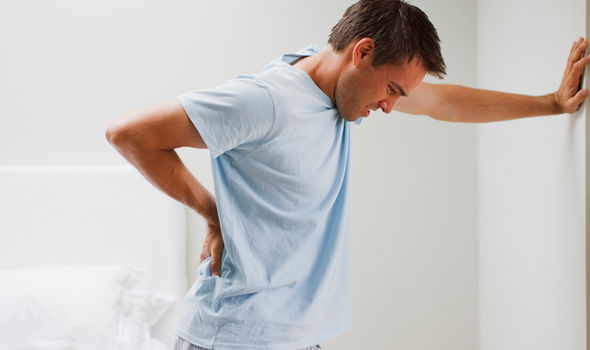
In different people, the signs and symptoms of lower back pain may vary. The symptoms are usually short-term but may last for days or weeks and even months if chronic.
-
Dull aching sensation in lower back
-
Difficulty in standing up straight without experiencing pain
-
Sudden and unexplained weight loss
-
Loss of bowel or bladder control
-
Intense, constant pain that worsens at night
-
Numbness, tingling or weakness in legs
-
Reduced range of motion and ability to flex the back
-
Fall or blow to neck, after a trauma
-
Pain radiating down the legs to feet(sciatica)
-
Pain due to throbbing sensation in abdomen
These symptoms usually get better within a few weeks from the time of onset, and 40-90% of people become absolutely fine within six weeks.
Diagnosis Of Lumbago (Lower Back Pain)
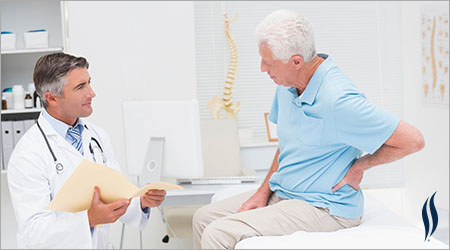
You may have to undergo a physical examination in order to diagnose the back pain. At the time of your physical exam, the doctor may test your:
-
Reflexes
-
Ability to detect sensation in the legs
-
Leg strength
-
The range of motion of spine
-
Ability to stand and walk
But if the doctor senses a serious condition, then he might carry out these tests:
-
Bone scan to check any abnormalities in bone tissue
-
CT scan or MRI for assessing nerves, ligaments, muscles, disks and blood vessels
-
Blood and urine tests for checking underlying conditions
-
Electromyography (EMG) for testing nerve conduction
-
Erythrocyte sedimentation rate (ESR or sed rate) and C-reactive protein to detect inflammation in body
-
X-rays of the spine to check bone alignment or any breaks in the bone
Treatment To Relieve Lower Back Pain
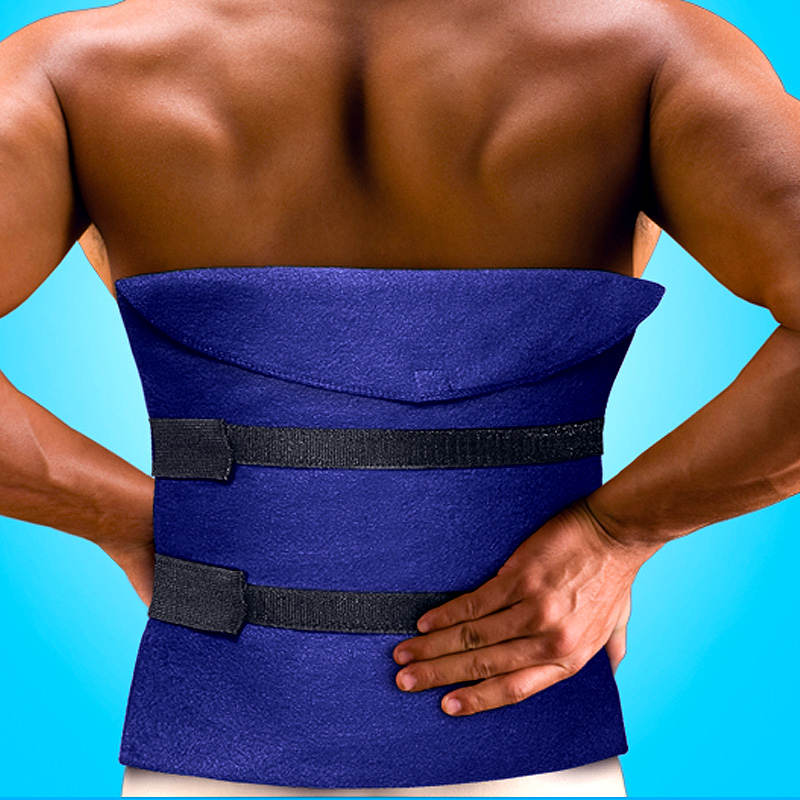
Most of the back pain cases are relieved by movement. The treatments that provide relief in back pain are nonsteroidal anti-inflammatory medications, including:
-
Ibuprofen
-
Naproxen
The pain relievers or analgesics like acetaminophen (Tylenol) can also be taken, though they do not have as much anti-inflammation properties. Except acetaminophen, consider taking these medications with food as they can irritate the stomach lining. And if you have stomach or kidney problems, be careful while taking medications like ibuprofen. Over-the-counter medicine shouldn’t be taken without talking to a doctor, as even these medications may have severe side effects if not consumed properly.
In case of severe back pain, the doctor may suggest other medications such as gabapentin or amitriptyline, a tricyclic antidepressant. Cortisone steroid injections might even be recommended.
Here are some effective home remedies to try:

-
Ice packs may be helpful in relieving discomfort and help lessen inflammation in acute phases of back pain. Warm compresses may relieve pain when inflammation has subsided.
-
Stretch your complete body well
-
Do exercises (pilates and yoga) to improve your posture and strengthen the back and abdominal muscles (core muscles). A physical therapist can assist you and train you to perform these types of exercises at home.
Other alternative treatments include:
-
Acupuncture
-
Cognitive behavioral therapy
-
Chiropractic adjustments
-
Massage
-
Relaxation techniques
